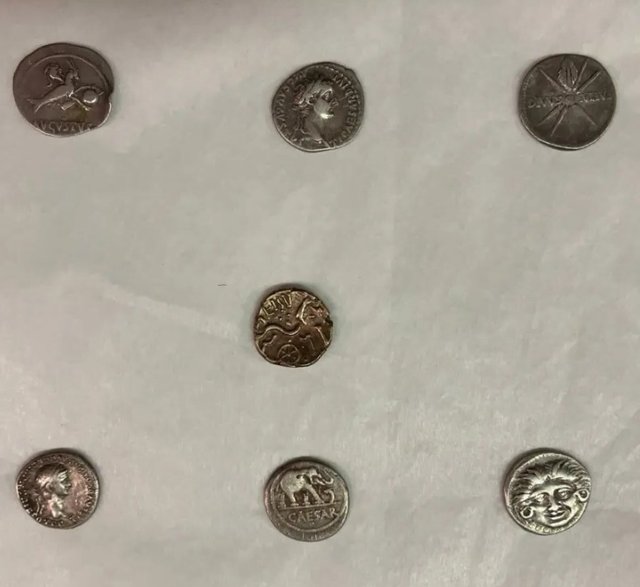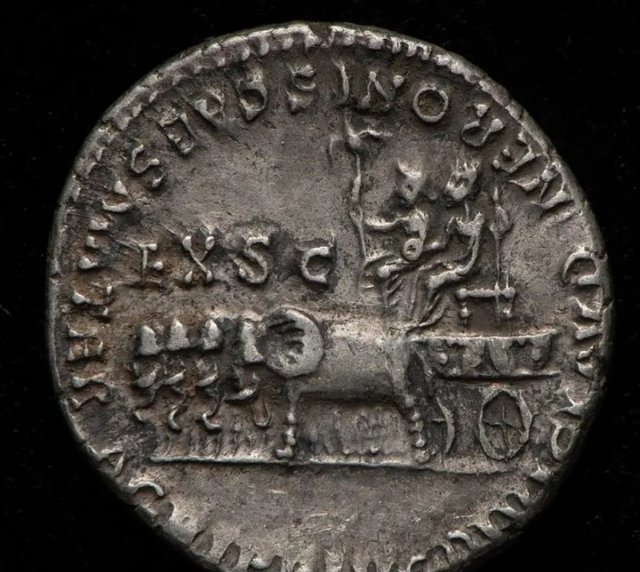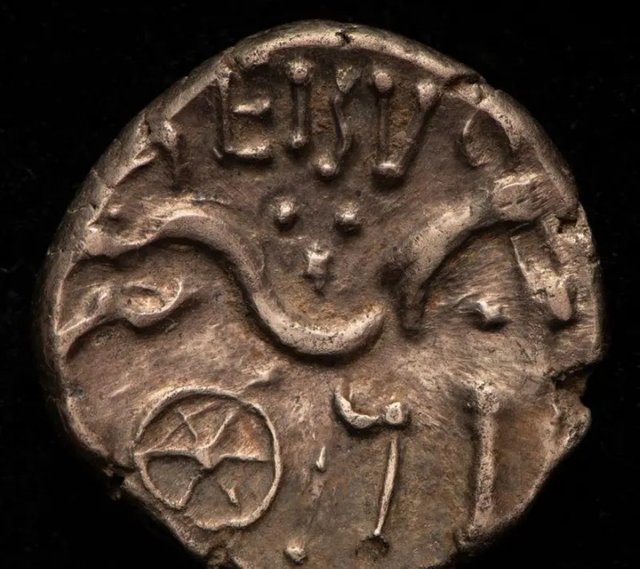The Worcestershire Conquest Hoard - A find of a lifetime...

As a metal detector enthusiast, I can’t help but feel a spark of excitement every time a historic hoard is unearthed in the UK. These discoveries connect us to the past in a way few things can, and they’re a big part of what drew me into precious metals and stacking in the first place. The thrill of finding something buried, forgotten, and rich with history—it’s intoxicating! So, when I read about the recent discovery of the Worcestershire Conquest Hoard, I knew I had to share the details with my fellow enthusiasts.
Discovered in late 2023 near Leigh and Bransford, this hoard of gold and silver Roman coins is a treasure trove in every sense of the word. Consisting of 1,368 coins, it’s said to represent a sum equivalent to six years’ salary for a Roman legionnaire. Imagine holding that kind of wealth in your hands—enough to feed a soldier, his family, and maybe fund a few gladiator games on the side!
What makes this find so extraordinary is its location. Worcestershire was on the very fringe of the Roman Empire, an area you wouldn’t expect to yield such a significant discovery. Senior curator Deborah Fox described the hoard as “tremendously exciting” and noted its potential to rewrite the historical narrative of the Roman conquest of Britain.

The coins span the Iron Age and Roman periods and include the largest-ever collection from the reign of Emperor Nero discovered in the UK. If that doesn’t give you goosebumps, I don’t know what will. Historians are now working to piece together the story behind these coins—how they ended up buried in rural Worcestershire and what they reveal about the disarming of local tribes during the Roman conquest.
Roman historian Tacitus wrote about the tribes between the Severn and the Trent being subdued during this time, and now this find places Worcestershire right in the heart of that narrative. For a region on the Empire's edge, this discovery offers a rare glimpse into how Roman power extended its reach.

What’s truly fascinating about this hoard is its apparent quality. Some of the coins are believed to have come straight from the Mint in Rome, passing through the Treasury on the Capitoline Hill before being shipped to Britain. They likely never even entered circulation, which makes their condition particularly rare and valuable.

The craftsmanship of these coins is remarkable, with fine details and inscriptions that have survived centuries underground. One of the coins, for example, bears the name "Caesar," a simple but powerful reminder of the Emperor's dominion.
The hoard is currently on display at the Worcester City Art Gallery and Museum until the end of March, offering visitors a chance to marvel at this piece of history up close. After that, it will be formally valued at the British Museum, with experts predicting it could fetch upwards of £100,000.
The museum hopes to raise the funds needed to keep the hoard on permanent display in Worcestershire. It’s an ambitious goal, but given the hoard’s significance, it’s a cause well worth supporting. After all, treasures like this don’t just belong to the finders or museums—they’re part of our shared heritage.
Reading about this discovery reminds me of the magic of metal detecting. Sure, most of us will never unearth a hoard like this, but every coin, relic, or fragment we find tells a story. For me, stacking precious metals is an extension of that same passion—holding something tangible, rich with history and value.
